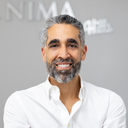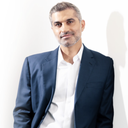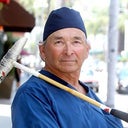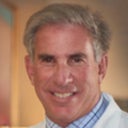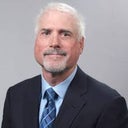it appears that I have an inverted v. I'm confused cause my doc did say he was using a spreader graft in my nose and after reading on real self I saw that the inverted v usually happens when it just weakens and to fix it you would need a graft? How exactly does a inverted v occurr? I am looking into correcting this, but I am planning to go with a new doctor... what procedures are done with correcting an inverted v deformity? Thanks.
Answers (13)
From board-certified doctors and trusted medical professionals
More Rhinoplasty Questions
See all Rhinoplasty Q&AWE SEND PRETTY
EMAILS
What’s trending? Who’s turning heads? Which TikTok myths need busting? We’ve got you. No fluff, no gatekeeping—just real talk. Get our free, unfiltered newsletter.
